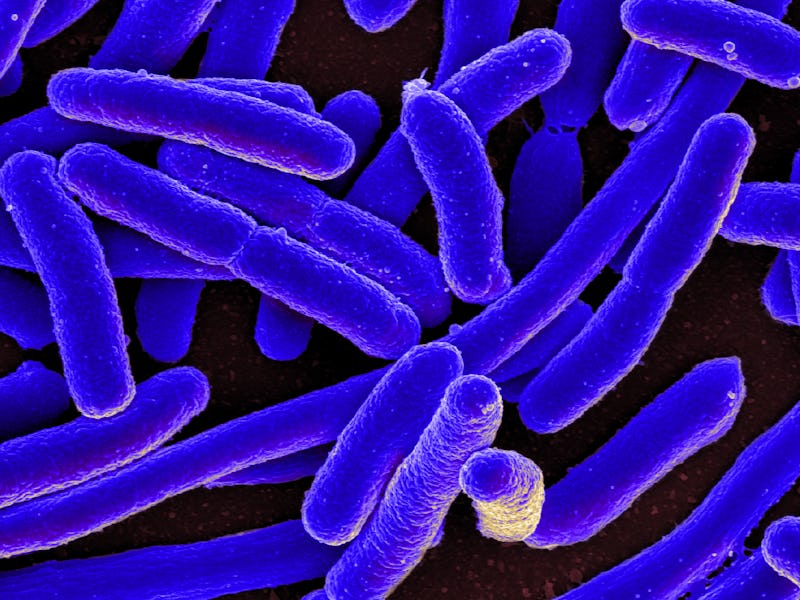Nearly two miles beneath the surface of the Earth lives a bacteria that has persisted in isolation from sunlight and from every other living thing for millions of years. It feeds and reproduces thanks to energy released from radioactive elements like uranium present in the rock.
The bacteria, Desulforudis audaxviator, is astonishing because it survives in an environment hostile to almost all other life forms on Earth. The implications of its existence stretch into the search for extraterrestrial life and boggle the mind — if life can persist in the belly of the Earth, then the list of potential alien habitats might include just about any old piece of space junk.
A paper published last week in the Journal of The Royal Society Interface probes the possibility that life could exist on planets that look very unlike Earth, and make a home for itself thanks to energy from cosmic rays. The study’s author, Dimitra Atri with the Blue Marble Space Institute of Science in Seattle, argues that cosmic radiation could provide enough energy to power simple life forms on the most barren space rocks in the same way that radioactive decay does deep within our planet.
“If this mechanism works in nature, primitive life will be very common in the universe because cosmic rays and other nutrients (amino acids, water, etc.) are very common,” Atri tells Inverse by email. “[The ESA’s] Rosetta mission showed us that even comets have organic compounds and water required for life.”
To persist, these primitive life forms would need just the right dose of radiation, plus a source of nutrients — perhaps from rock or water — that the microbes could consume for metabolism and reproduction.
It’s unlikely that this sort of life would ever get very complex, since radiation destroys life at the same time as it delivers energy to support it. “It will have a slow metabolism because the energy from cosmic rays is limited and the organism will have to spend a significant amount of energy to repair damage caused by the impact of cosmic rays,” says Atri. “It will most likely be very primitive. Don’t expect to find large animals on Mars!”
But, still, if the theory holds, this simple sort of microorganism might be present all over the place, including in space rocks than occasionally collide with Earth. “If life like this exists, it is entirely possible that we would have encountered it in past. However, due to our thick atmosphere, most of it would have burned out and/or wouldn’t have survived Earth’s environment,” he says. “Remember, it feeds on energy deposited by cosmic rays, and most cosmic rays are blocked by the atmosphere, so Earth would be a hostile place for such life.”
If these strange life forms are out there, we should be able to find them. Drilling on Mars, which is hit with much higher doses of cosmic radiation thanks to an almost nonexistent magnetic field, would perhaps be a good place to start.
